
Zong Zi is basically glutinous rice with fillings wrapped in bamboo or pandan leaves (screwpine leaves) in South East Asia where they are widely available. For many who love this snack, you will know how tasty the nicely cooked glutinous rice dumplings can be, especially with a hint of the aroma of the leaves which they are wrapped in, and of course the fragrance of the nicely balanced fillings, which commonly consist of pork, salted eggs, yam paste, chestnuts, shitake mushroom and many others.
Zong zi, also called Chang in Hokkien and Ch'ng in Foochow, is a common daily sight in wet markets and many coffee shop eateries in Sarawak. Many kuih-muih sellers would sell them as one of their products. Because it is so commonly made, many of us have taken it for granted and have forgotten its real historical and cultural significance. Zong zi does not only have a unique story attached to it but the way it is made, the way it is wrapped and the type of fillings used define the group of people making them.
Zong zi is actually eaten on the 5th day of the 5th month in the Chinese Lunar calendar (Duan Wu Festival) which is usually between June and July of the Western Calendar (8th of June for 2008). The story goes that during the period of the warring states in Chinese history, there lived a famous poet in the State of Chu called Qu Yuan. He was sent to exile due to his patriotic calls, which were against some of the government policies. So in the state of sorrow, he tied himself to a big stone and drowned himself. The people who loved and respected him at that time went searching along the river for his body and could not find it. They then made rice dumplings wrapped with bamboo leaves and threw them in the river to feed the fishes, hoping they would leave his body alone. It has then become a tradition to eat zong zi during this time of the year in remembrance of him. Also dragon boat races are held to mark the occassion.

In Malaysia, with Chinese coming from various dialectic background, Zong zi are actually defined by the dialects. For example, Teochew Zong Zi, Hokkien Zong Zi, Cantonese Zong Zi, Foochow Zong Zi and so forth. Most of the Zong Zi availabe in Sarawak are pyramid shaped ones while Cantonese and Hainanese ones resemble nice fat pillows. The fillings are definitely defined by the dialects making them.
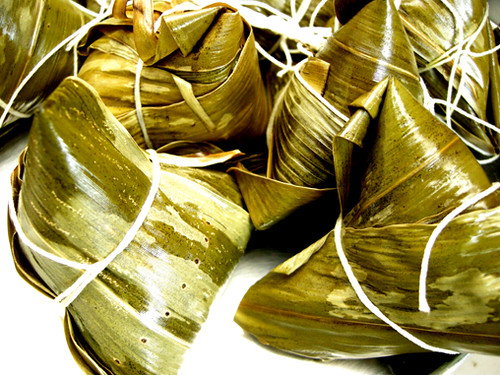
I began making Zong zi last Saturday and the final batches were done on Tuesday as I wanted to make full use of the public holidays. For me, Zong zi is a yearly feat, done to be given away to the elders as a show of respect. So, when making things to give away, I always think it is not so nice to give them away last minute or too near to the actual day.
On top of that, Greg's 90+ year old grandma has officially declared her retirement this year from making Zong zi. So I thought all the more reason for me to be making them!
I ended up making 60 plus pieces of Zong Zi, which were really not quite enough to go around. I did the Hokkien ones (pork with cuttlefish), Teochew ones (pork with yam paste and chestnuts) and Greg's favourite - the nyonya ones (pork with sweet 'kundur' and katumba).
Without sounding too mean and arrogant and no offence, Greg and I don't buy commercially made Zong zi because we are greedy pair who wants lots of meat and fillings in our Zong zi. So we only eat Zong zi once a year when his wife makes them. This year, with two over-60-year-old men, confirming that my Zong zi are just like how their mums used to make them, and with Greg also declaring his newly found affection for Zong zi and would even have them as his main meals, I am completely esctatic about it and thus, dont mind sharing the recipe.
The rice:
850 gm of good quality glutinous rice (find the purest you can grab hold of as it does affect the bites if the rice is mixed with other types, which happen sometimes)
2 teasp of salt
2 teasp of pepper
1heaped tbsp of katumba powder (coriander seeds)
4-6 tbsp of cooking oil
1) Clean and soak rice for about 2-3 hours.
2) Wash and dry coriander seeds. Pan roast till it can fall apart if you press it with your fingers. Blend it to fine powder. Set aside.
3) Heat up wok with oil and stir fry the rice. Add salt and pepper and katumba powder half way and stir fry till you can feel a slight heaviness as you stir. Dish out and set aside.
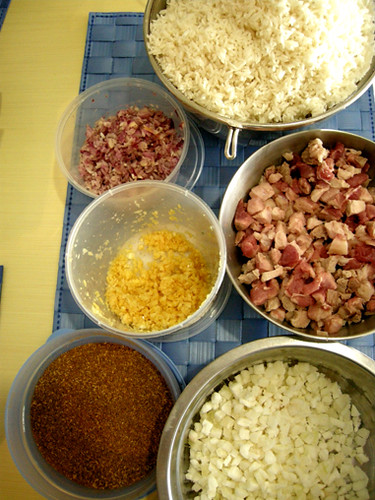
Clockwise from top: Soaked and drained Glutinous rice, half cook pork dices, diced dry sweetened melon, katumba powder, minced garlic and minced onion
The Filling:650gm of five flower meat or good grade pork front leg meat, preferrably with some fats
250 gm of dry sweetened melon (kundur/tang tung kua), diced into small cubes
4 heaped tbsp of katumba powder
3 heaped tbsp of chinese red onion, minced finely
1 tbsp of minced garlic
2 tbsp of black soya sauce
4-6 tbsp of cooking oil
Salt, sugar and pepper to taste
1) Blanched pork in boiling water for 2-3 minutes or till half cook and diced into 1 cm or so cubes
2) Heat up wok with oil, stir fry red onion till soft. Add garlic and continue to stir fry till fragrant and lightly brown.
3) Add pork cubes and continue stir frying till meat looks white. Add diced melon, soya sauce, katumba powder, salt and pepper and sugar and cook well. Mixture will look slightly dry not wet. Dish out and set aside to be used.
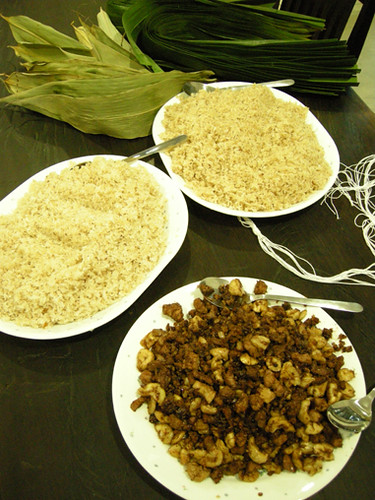 Bamboo leaves, cut pandan leaves, cooked rice for Teochew Zong zi and nyonya zong zi and filling for Teochew Zong zi (pork with chestnuts, mushrooms)
Bamboo leaves, cut pandan leaves, cooked rice for Teochew Zong zi and nyonya zong zi and filling for Teochew Zong zi (pork with chestnuts, mushrooms)The Wrap:

Bamboo leaves or pandan leaves*
Hemps or just use strong threads/strings. Dont use colour straw strings.
Bamboo leaves are easily available in supermarkets. Wash and soak them overnight. Wipe them clean before using. Overlap two pieces of leaves with smooth side facing in and shape into a cone.
* Pandan leaves give a very nice aroma & these pandan are of a special type which is long and wide (at least 2/5 inch wide). Greg's Granny actually planted them. If not, it is usually available in wet market at this time of year for now 50 cents or so a piece. Geez.. crazy I think.
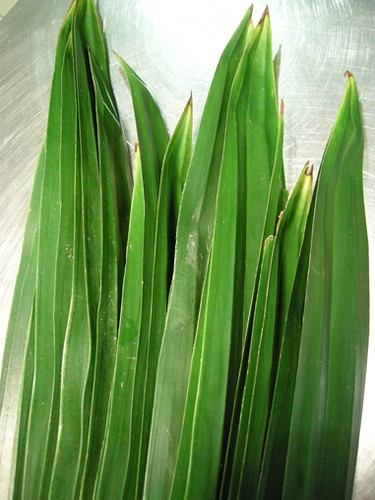
Cut off the hard ends, thorns on both sides and divide each leaf into half. Run the upper stem, which is softer, quickly through a wok of hot boiling water. With the lower harder stem, press the stem and run them through the wok of hot boiling water slowly to soften and clean. Wipe and shape into a cone with smoother part on the inner side.
1) Fill up the cone first with one tbsp of rice. Spread rice to side of cone. Add fillings. 2-3 tbsp, followed by another thin layer of rice. Press to tighten.
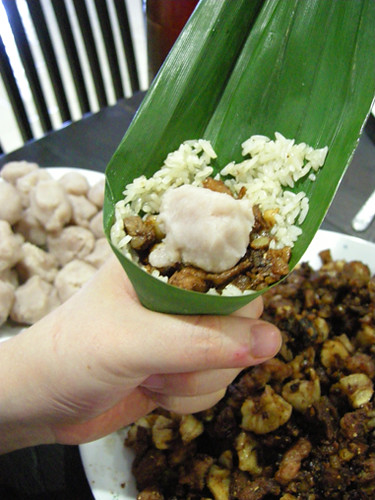


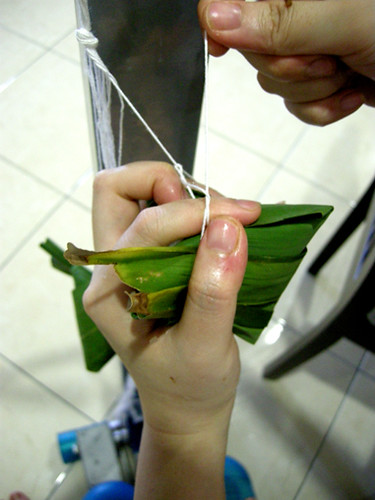
2) Start wraping into pyramids. And tie them with strings hanging.
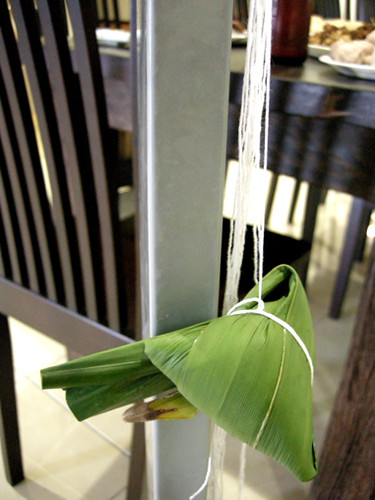
3) Prepare a big pot of boiling water enough to cover the over 2-3 cm of all the dumplings. Add 1 tbsp of salt and cook for 1.5 -2 hour, depending on your dumpling size. Add boiling water as you go along. Change dumplings position once or twice half way through. The water must remain covering dumplings all through cooking.
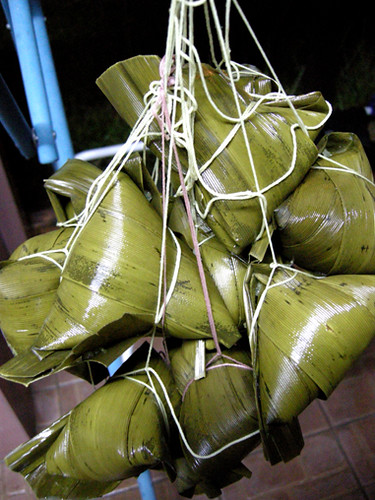
4) Hang the dumplings to dry for about 20-30 minutes before serving.
Happy Duan Wu Jie!



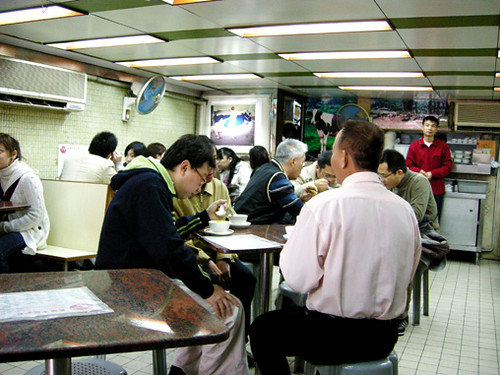
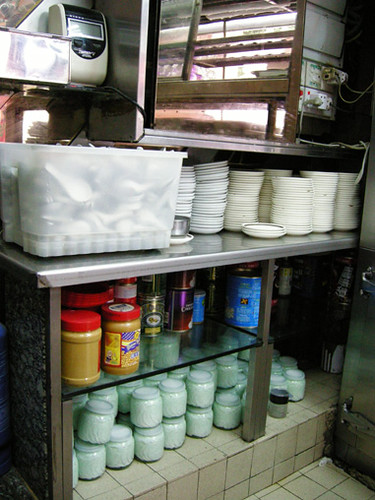 I don't know what these were but they sure looked like instant mix-with-water milk custard pieces.
I don't know what these were but they sure looked like instant mix-with-water milk custard pieces.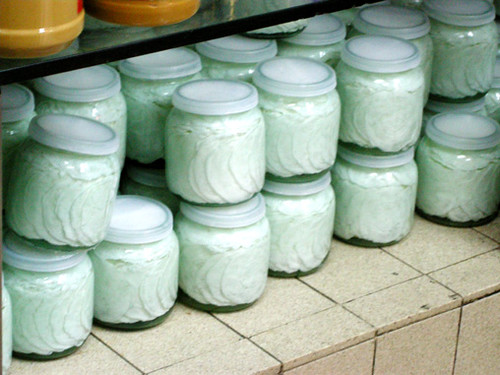
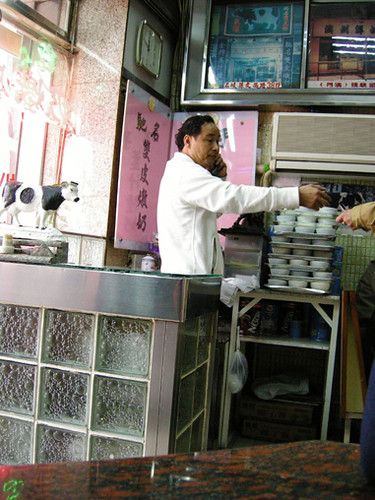
 And if you didn't like his milk, he will take offence. But of course, when the Steam Milk Custard looked like this, how can you not like it.
And if you didn't like his milk, he will take offence. But of course, when the Steam Milk Custard looked like this, how can you not like it.
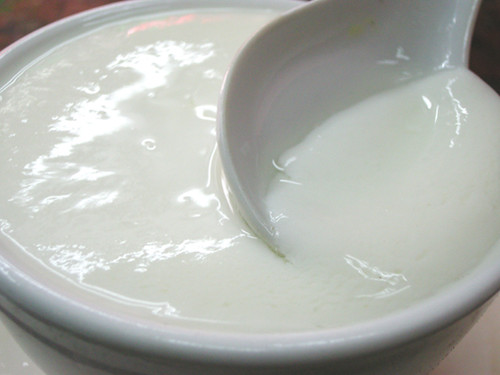
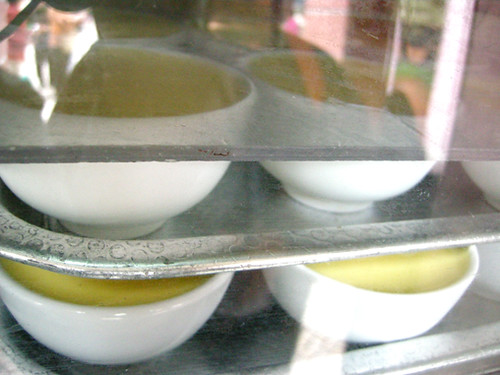 There were other types of flavours, but at that point of the trip we didn't care anymore cos we were full up to our eye balls.
There were other types of flavours, but at that point of the trip we didn't care anymore cos we were full up to our eye balls.
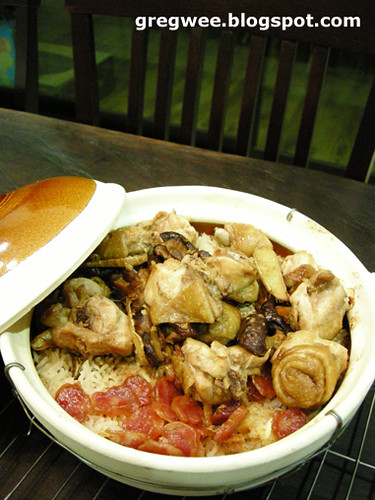
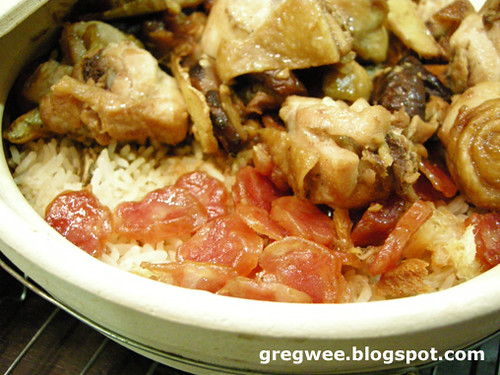

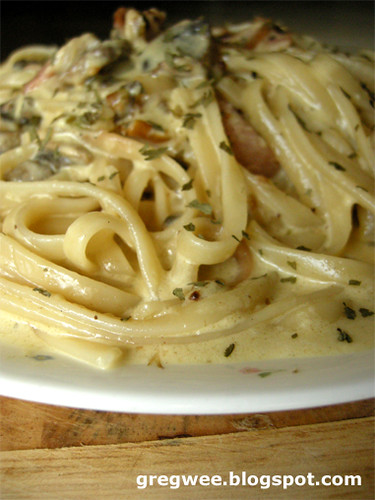
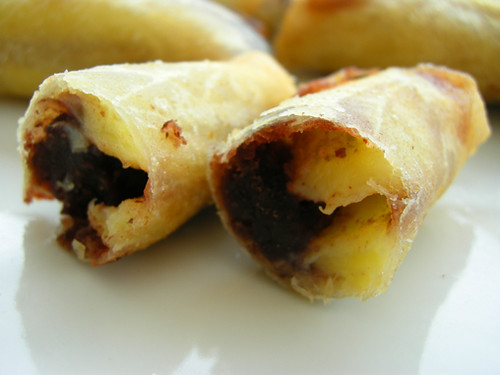

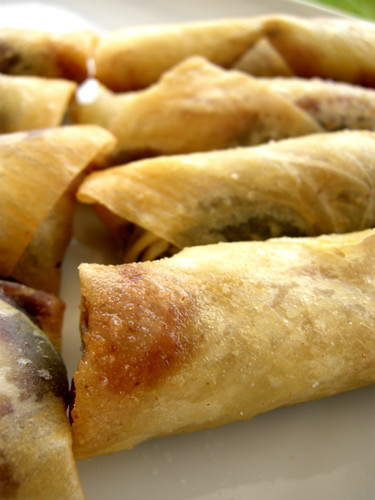




 Bamboo leaves, cut pandan leaves, cooked rice for Teochew Zong zi and nyonya zong zi and filling for Teochew Zong zi (pork with chestnuts, mushrooms)
Bamboo leaves, cut pandan leaves, cooked rice for Teochew Zong zi and nyonya zong zi and filling for Teochew Zong zi (pork with chestnuts, mushrooms)
 Cut off the hard ends, thorns on both sides and divide each leaf into half. Run the upper stem, which is softer, quickly through a wok of hot boiling water. With the lower harder stem, press the stem and run them through the wok of hot boiling water slowly to soften and clean. Wipe and shape into a cone with smoother part on the inner side.
Cut off the hard ends, thorns on both sides and divide each leaf into half. Run the upper stem, which is softer, quickly through a wok of hot boiling water. With the lower harder stem, press the stem and run them through the wok of hot boiling water slowly to soften and clean. Wipe and shape into a cone with smoother part on the inner side.




 4) Hang the dumplings to dry for about 20-30 minutes before serving.
4) Hang the dumplings to dry for about 20-30 minutes before serving.